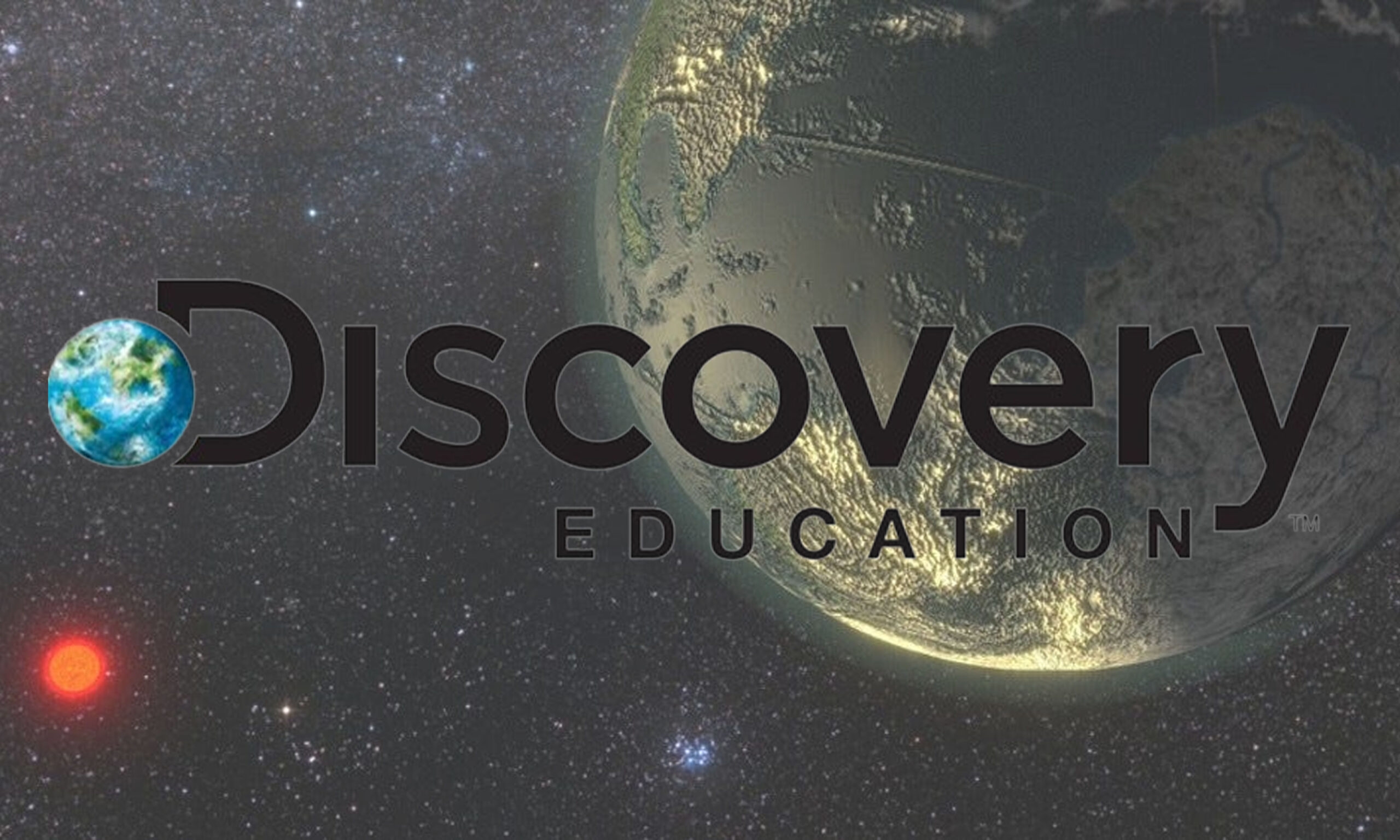Google Scholar | Students Tips-24

Google Scholar has become an indispensable tool for researchers, students, and academics worldwide, providing access to a vast repository of scholarly articles, theses, books, conference papers, and patents. This comprehensive platform is designed to streamline the search for academic resources, making it an essential tool in research and education.
Introduction:
Google Scholar is a freely accessible search engine that indexes scholarly literature across various disciplines. Launched in 2004, it has become a go-to resource for anyone seeking credible academic information. Unlike regular Google, Google Scholar is designed for educational and research purposes, ensuring users find relevant, peer-reviewed content.
How to Access Google Scholar
Accessing Google Scholar is simple. Users can navigate the website directly or use it through their university’s library portal for more personalized results. Integrating it with Google account settings enhances the user experience, allowing customized recommendations and citation management.
Features and Tools
Search Functionality
Google Scholar’s robust search functionality allows users to search for articles, papers, and publications using keywords, author names, or specific phrases. The algorithm prioritizes scholarly sources, ensuring the content’s reliability.
Advanced Search Options
For more precise results, Google Scholar provides advanced search options. Researchers can narrow their search by date range, publication, or specific journals, allowing for a tailored and efficient exploration of academic literature.
Citation Tracking
One standout feature is citation tracking. Google Scholar tracks the number of times an article has been cited, providing valuable insights into the paper’s impact and significance within the academic community.
Setting Up Profile
Users can create profiles to showcase their publications, citations, and h-index. This adds a personal touch to the platform, allowing researchers to connect with their peers and establish their academic presence.
Scholarly Metrics and Rankings
Google Scholar provides metrics such as the h-index, an indicator of an author’s productivity and citation impact. Additionally, it offers rankings for publications and authors, aiding researchers in identifying influential work within their field.
Alerts
Stay updated with the latest research by setting up Alerts. Users can receive notifications for new publications, ensuring they remain at the forefront of their field.
Publishers
Publishers benefit from Google Scholar’s extensive reach, as it enhances the discoverability of their content. The platform supports open-access initiatives, promoting the dissemination of knowledge on a global scale.
How Google Scholar Differs from Regular Go ogle Search
ogle Search
While regular Google Search provides a broader range of information, Google Scholar is tailored for academic purposes, prioritizing peer-reviewed and scholarly content. This focused approach ensures users access reliable and relevant information for their research.
Role in Academic Research
Google Scholar is pivotal in advancing academic research by providing a centralized platform for accessing diverse, high-quality scholarly literature. Its user-friendly interface makes it accessible to researchers at all levels.
Benefits of Using
The benefits of using Google Scholar are multifaceted. It offers a vast database, ease of access, personalized features, and seamless integration with academic institutions, making it an invaluable resource for researchers and students.
Limitations and Criticisms
While Google Scholar is a powerful tool, it has its limitations. Some criticisms include the lack of transparency in its indexing process and the potential for bias towards English-language content.
Tips for Effective Use
To maximize the utility of Google Scholar, users should explore advanced search options, set up alerts, and leverage personalized features. Additionally, understanding the platform’s metrics can aid researchers in assessing the significance of scholarly works.
Google Scholar offers several benefits for researchers, academics, and students:
Comprehensive Academic Search: Google Scholar provides a vast and comprehensive search engine for academic literature. It indexes scholarly articles, theses, books, conference papers, and patents covering various disciplines.
Free Access to Academic Resources: Many search results on Google Scholar are freely accessible, allowing users to access scholarly information without encountering paywalls. This feature makes it an invaluable resource for individuals who may not have access to a university library.
- Multidisciplinary Coverage: Google Scholar covers a broad spectrum of academic disciplines, making it a versatile tool for researchers in diverse fields. This interdisciplinary approach enhances the chances of finding relevant and varied sources.
- Citations and Metrics: Google Scholar provides citation counts for articles, making it easy for researchers to gauge the impact and influence of a particular work. Additionally, it offers h-index and i10-index metrics, helping researchers evaluate an author’s overall productivity and effect.
- Alerts and Updates: Users can set up email alerts for specific keywords, authors, or topics of interest. This feature ensures researchers stay updated on the latest field publications and developments.
- Integration with Libraries: It can be linked with institutional libraries, providing users with direct access to full-text articles available through their institution’s subscriptions. This integration streamlines access to academic resources.
- User-Friendly Interface: It has a simple and user-friendly interface, making it easy for researchers and students to navigate and quickly find relevant academic materials. The advanced search options also allow for precise queries.
- Advanced Search Options: Researchers can use advanced search options to narrow down their queries, filter results by publication, and specify the time frame of the search. This functionality helps users find the most relevant and recent information.
- Legal Opinions and Patents: Besides scholarly literature, It includes legal opinions and patent information. This makes it a valuable resource for legal professionals and individuals involved in patent research.
- Global Access: It provides a platform for global access to academic information. Researchers worldwide can benefit from its extensive database, fostering collaboration and exchanging knowledge internationally.
Integrating with Libraries and Universities
Many libraries and universities integrate into their systems, offering seamless access to students and researchers. This integration fosters a collaborative environment and enhances the overall research experience.
Updates and Improvements Over the Years
Google Scholar continuously evolves to meet the changing needs of the academic community. Regular updates and improvements ensure users can access cutting-edge features and a user-friendly interface.
Conclusion
In conclusion, it is a cornerstone in academic research, providing a user-friendly and comprehensive platform for accessing scholarly literature. Its features, metrics, and collaborative capabilities make it an indispensable tool for researchers and students.
FAQs
Is it free to use?
- Yes, Google Scholar is a free-to-use platform for accessing scholarly literature.
Can I use it without a Google account?
- While a Google account enhances the user experience, using it is not mandatory.
How often is it updated?
- Receives regular updates, ensuring users access the latest features and content.
Can I trust the information?
- Google Scholar prioritizes peer-reviewed and scholarly content, but users should still critically evaluate the information.
How can I integrate it with my university’s library?
- Many universities provide integrated access to their library portals for a seamless research experience.




